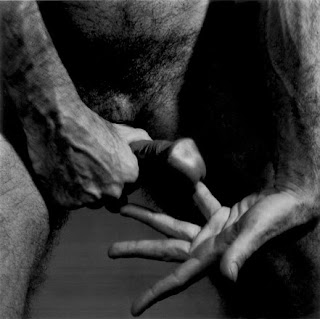
Beauty as a type of communication and not a thing or quality. Instead it represents a form of recognition between two beings. The perceived: artwork, object, female, takes a passive position while the viewer is active and male.
“Modernists vilified aesthetic pleasure, defining the sublime aspirations of art as unrelated or antipathetic to the pleasures of feminine allure, charm, comfort... Their violent break from an aesthetic of passive allure now frees us (women), paradoxically, to contemplate new possibilities in beauty and its female symbolism.” pg 45-46
“We must stop treating beauty as a thing or quality, and see it instead as a kind of communication...It is the name of a particular interaction between two beings, a 'self' and an 'Other." pg 46
"Even when we use the term in a purely artistic context, a beautiful object is something we value, and we value it because it touches our dearest concerns. In our gratitude towards what moves us so, we attribute to it the property of beauty, but what we are actually experiencing is a special relation between it and ourselves." pg 48
"Sympathy is the product of the interaction that we call beauty, an interaction in which both parties become aligned in value and, in the process, become in some sense equal."
An aesthetics of mutuality, embracing both the male and female subject of art.
Wikipedia:
For Kant "enjoyment" is the result when pleasure arises from sensation, but judging something to be "beautiful" has a third requirement: sensation must give rise to pleasure by engaging our capacities of reflective contemplation. Judgments of beauty are sensory, emotional and intellectual all at once.
Viewer interpretations of beauty possess two concepts of value: aesthetics and taste. Aesthetics is the philosophical notion of beauty. Taste is a result of education and awareness of elite cultural values; therefore taste can be learned. Taste varies according to class, cultural background, and education. According to Kant, beauty is objective and universal; thus certain things are beautiful to everyone. The contemporary view of beauty is not based on innate qualities, but rather on cultural specifics and individual interpretations.
In his Critique of Judgment (1790)[11] , Kant investigates the sublime, stating "We call that sublime which is absolutely great"(§ 25). He distinguishes between the "remarkable differences" of the Beautiful and the Sublime, noting that beauty "is connected with the form of the object", having "boundaries", while the sublime "is to be found in a formless object", represented by a "boundlessness" (§ 23). Kant then further divides the sublime into the mathematical and the dynamical, where in the mathematical "aesthetical comprehension" is not a consciousness of a mere greater unit, but the notion of absolute greatness not inhibited with ideas of limitations (§ 27). The dynamically sublime is "nature considered in an aesthetic judgment as might that has no dominion over us", and an object can create a fearfulness "without being afraid of it" (§ 28). He considers both the beautiful and the sublime as "indefinite" concepts, but where beauty relates to the "Understanding", sublime is a concept belonging to "Reason", and "shows a faculty of the mind surpassing every standard of Sense" (§ 25). For Kant, one's inability to grasp the enormity of a sublime event such as an earthquake demonstrates inadequacy of one's sensibility and imagination. Simultaneously, one's ability to subsequently identify such an event as singular and whole indicates the superiority of one's cognitive, supersensible powers. Ultimately, it is this "supersensible substrate," underlying both nature and thought, on which true sublimity is located.[12]















